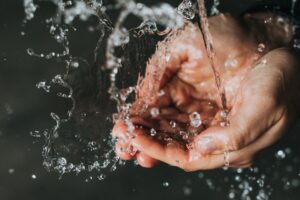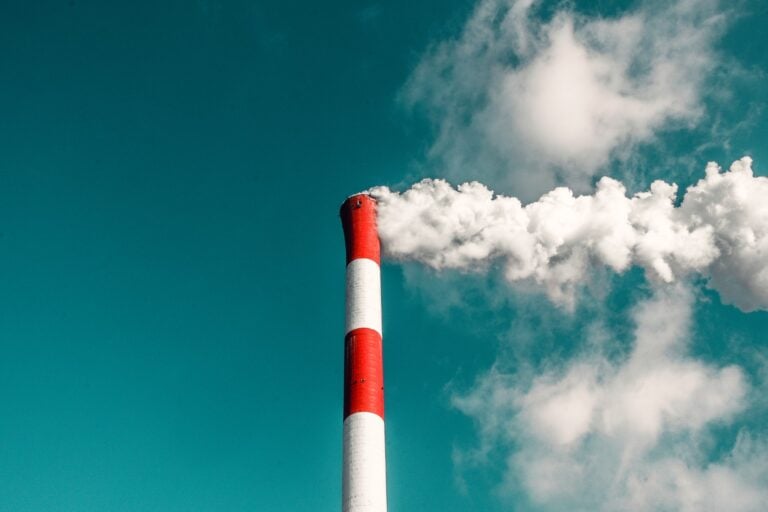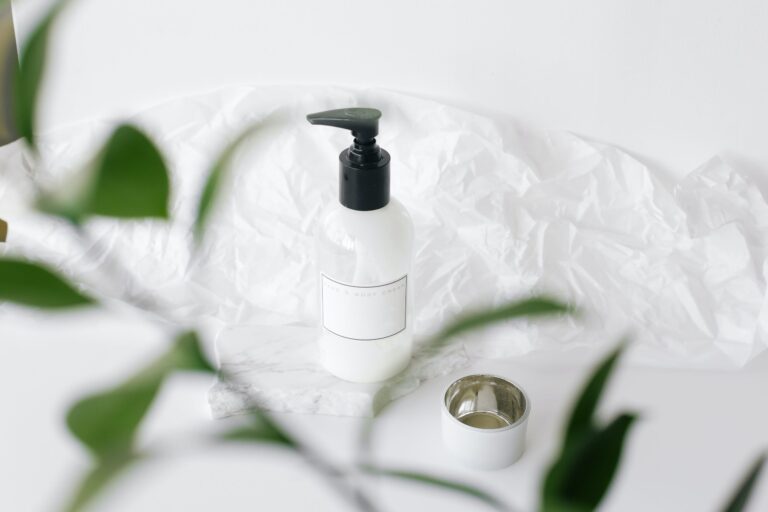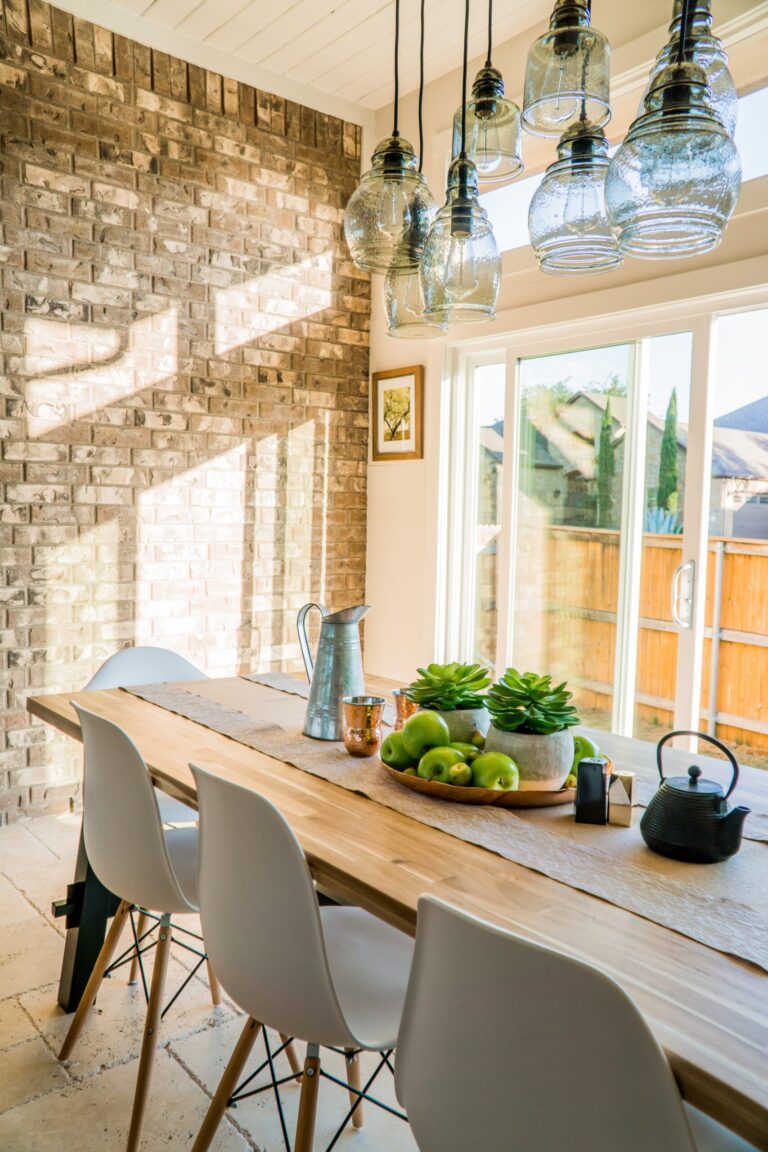15 Simple Ways to Conserve Water at Home
 Water is a precious resource that sustains all forms of life. Troublingly, the availability of clean, fresh water is becoming increasingly scarce. You have the power to make a positive impact by conserving water within your own home.
Water is a precious resource that sustains all forms of life. Troublingly, the availability of clean, fresh water is becoming increasingly scarce. You have the power to make a positive impact by conserving water within your own home.
When you implement simple and mindful strategies, you can reduce water wastage and contribute to the preservation of the Earth’s most invaluable resource. Here are 15 easy ways to save water at home.
1. Fix Those Leaks
One of the most common and overlooked causes of water wastage is leaks. A dripping faucet or a silent toilet leak may seem inconsequential, but they can add up to a substantial amount of wasted water over time.
You can cut your water bill down by 10% by fixing leaks. Regularly inspect your plumbing fixtures and promptly repair any leaks you discover. This simple step can save hundreds of gallons each month.
2. Upgrade to Water-Efficient Fixtures
Consider replacing older, water-guzzling fixtures with newer, water-efficient models. Low-flow faucets, shower heads and toilets are designed to minimize water consumption without compromising functionality.
A low-flow shower head, for instance, can reduce water usage by up to 50%, while a low-flow toilet can save around five gallons per flush compared to older models.
3. Be Mindful of Faucet Usage
How often do you leave the tap running while brushing your teeth or washing dishes? These seemingly innocuous habits can waste a substantial amount of water. Make a conscious effort to turn off the faucet when you’re not using it.
Teach your kids how to properly wash their hands, too. Use a clock and set the timer for 20 seconds so they can time themselves washing their hands to avoid underwashing and spreading germs or overwashing and wasting water.
4. Collect Rainwater
Harvesting rainwater is an eco-friendly way to water your plants and garden. Set up rain barrels or containers to collect rainwater from your gutters. This natural water source is chemical-free, making it ideal for nurturing your green space while minimizing tap water usage.
5. Maintain Your Plumbing System
A well-maintained plumbing system is less likely to develop leaks or inefficiencies. Regularly check for leaks, insulate pipes to prevent freezing and consider installing pressure-reducing valves to reduce water waste.
6. Time Your Watering Correctly
When it comes to watering your lawn and garden, timing is crucial. Watering during the early morning or late afternoon helps reduce water evaporation, ensuring the plants receive the moisture they need. Avoid watering on windy days, as the wind can carry away the water droplets before they reach the intended plants.
7. Shower Instead of Bath
While a long soak in the tub can be relaxing, it uses significantly more water than a quick shower. Reserve baths for special occasions and choose showers for daily hygiene practices. A 10-minute shower uses approximately 50% less water than running a bath. Additionally, consider shortening your showers. Set a timer to remind yourself to keep your showers brief.
8. Get a Pool Cover
If you have a swimming pool or hot tub, using a cover can help reduce water evaporation. It also prevents debris from entering the pool, so you won’t have to use extra water for cleaning and maintenance. You can save between 30%-50% of make-up water by using a pool cover.
9. Fill up Your Dishwasher
Wait until you have a full load of dishes before running the dishwasher. Running partial loads wastes water and energy, as the machine uses the same amount of water and electricity regardless of the load size. Avoid pre-rinsing your dishes and opt for eco-friendly settings or shorter wash cycles to conserve water.
10. Use a Broom, Not a Hose
When cleaning your driveway, sidewalk or outdoor areas, opt for a broom instead of a hose. Sweeping saves water and prevents debris from being washed into drains, which can contribute to water pollution.
11. Reuse Greywater
Greywater, the relatively clean wastewater from activities like bathing and washing dishes, can be used for non-potable purposes like irrigation and toilet flushing. Install a greywater system that safely collects and redirects this water for secondary use, reducing your reliance on fresh water for certain tasks.
12. Insulate Hot Water Pipes
Insulating hot water pipes can help maintain the water’s temperature as it travels through your plumbing system. Insulated pipes mean you won’t have to run the tap for as long to get hot water, saving both water and energy.
13. Choose Native Plants
When designing your garden, choose indigenous plants adapted to your region’s climate and require less water to thrive. These plants are naturally more resilient and demand less irrigation.
14. Monitor Your Water Bills
Keep a close eye on your water bills to detect any unexpected spikes in usage. Sudden increases could indicate leaks or inefficiencies that need your attention.
15. Educate Your Household
Conserving water becomes much more effective when it’s a household-wide effort. Educate your family members or housemates about the importance of saving water and involve them in adapting water-saving practices. Encourage them to follow the same principles you’re implementing. If you have kids, lead by example and let them follow in your footsteps.
Every Drop Counts
Remember, conserving water at home is a collective effort involving small behavior changes. When you incorporate simple changes in your daily routine, your household can save a significant amount of water and set an example for others to follow. Every action you take positively impacts our environment and the sustainability of this scarce resource.


